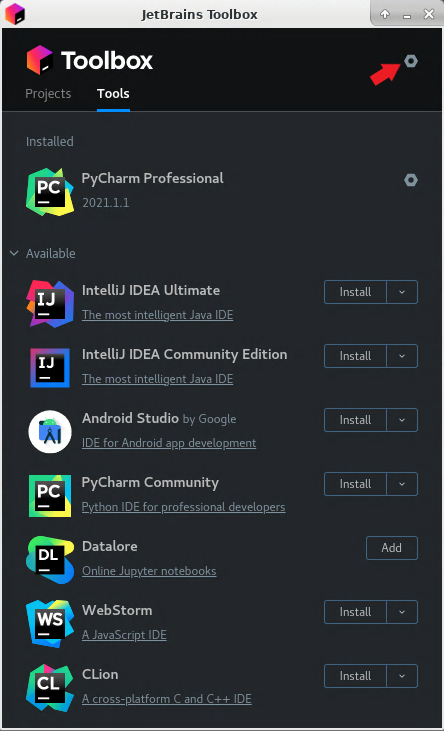Fast failures at the LHC and HL-LHC¶
Links¶
Fast failures beam simulations for LHC and HL-LHC
Fast failures GitLab repository
Computing resources¶
The Linux VMs can be used to develop and run simulations for the project. Both the TS) and node machines can be used. The general documentation of these hostgroups applies, and the typical uses cases can be consulted as well. The project is hosted on Gitlab) and has a dedicated space on EOS. Simulations can also be launched on HT Condor; for BDSIM simulations (which is available on CVMFS or using Docker images for FailSim simulations. Both are documented on the project website.
The main project website getting started guide provides more details for new users.
The users are encouraged to develop from the TS machines. Simulations can be run from the TS machines or, alternatively, from compute node machines if more parallelization is required. The next section describes the initial setup of the Linux VMs to create a nice environment to work on the project.
Project environment on the Linux VMs
- Install FastX and connect to the VM by following these instructions according to your OS.
- Launch the JetBrains toolbox and log in/register with your account by clicking the gear on the top right. If you have a student account, the "Professional" version of PyCharm will be available, which is nice when working with Jupyter notebooks.

- Change the default JetBrains directory location as explained here.
- Install PyCharm Pro from the JetBrains toolbox.
- For convenience you can create a shortcut from AFS
/afs/cern.ch/user/$(initial)/$(whoami)to the local disk/home/$(whoami)with:ln -s $(source) $(destination) - Go to
/home/$(whoami)/and create the foldersbinandreps. - Create a ssh key:
ssh-keygen -t ed25519or copy an existing key (if you have already performed this step on another machine) - Add your public key to GitLab (see here)
Quench heaters¶
A detailed study of the quench heaters fields based on reconstructions from beam position measurements and simulations has been performed, details are available in Lea's Master's thesis (CDS)
Master's thesis of Lea Richtman
The Large Hadron Collider (LHC) is a particle accelerator that uses super-conducting dipole magnets to guide proton or heavy ion beams along their circular path. To protect these magnets from overheating in a small spot in case of a quench, the transition from superconducting to normal conducting state, the magnet coils are equipped with a protection device called quench heaters. However, these heaters produce an undesired horizontal dipole field to which the beam can be exposed under certain circumstances, displacing it from its nominal path. In the LHC, this is not a critical failure. But with the upgrade to the High Luminosity LHC (HL-LHC) and without counter- measures, quench heater induced fields could lead to beam displacements reaching the physical aperture, potentially causing damage. As the beam moves inside a beam screen, a tube with a co-laminated copper layer, it is partly shielded from the external quench heater field due to the formation of eddy currents. In this thesis, we reconstruct the field inside the beam screen using beam position measurements and compare the resulting field rise times and levels to values obtained by various theoretical approaches. We find that the measured field levels agree within 10 % with the predictions. With respect to the rise times, we find that the external field rise is smeared out in both measurements and simulations, with four different models giving consistent results. However, the models predict a stronger shielding than observed in the measurements. Depending on the case, the models predict time constants that are about 2 to 5 times larger than in the measurements. As all the studied approaches are based on 2D models, 3D-effects are proposed as a possible explanation for this discrepancy.
The scripts that were developed for this work are available on Gitlab:
-
- phase-space-movement
- Study of beam response to different kick types using rotation in normalized phase spase.
-
- md-3204-qh-firing-beam-screen-70k
- The reconstruction of quench heater kicks from MD3205 with ADT data.
-
- qh-kick-field-reconstruction-bpm-analysis
- The reconstruction and analysis of quench heater kicks for several quench events with BPM data, the comparison of these reconstruction to the simulations of the eddy current model and an anlysis of the shielding by the beam screen using the model of an electronic filter.